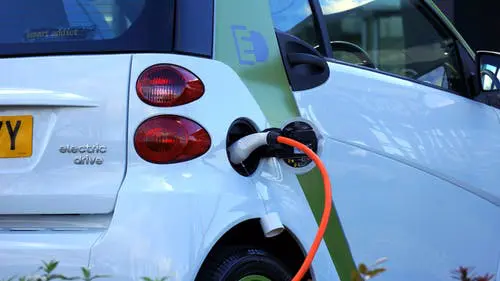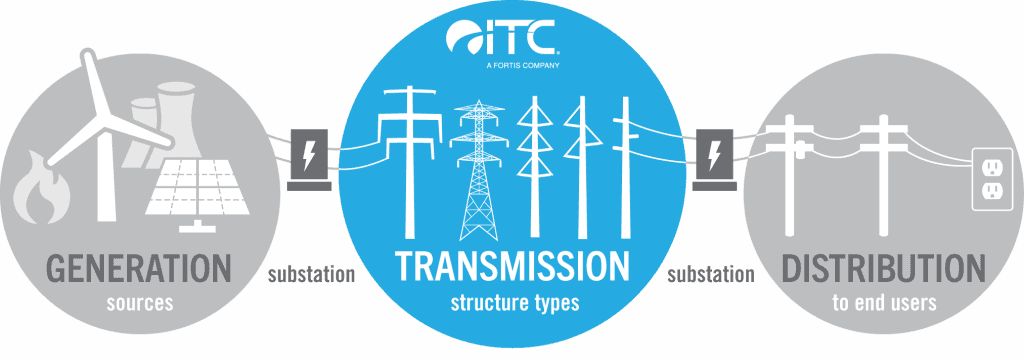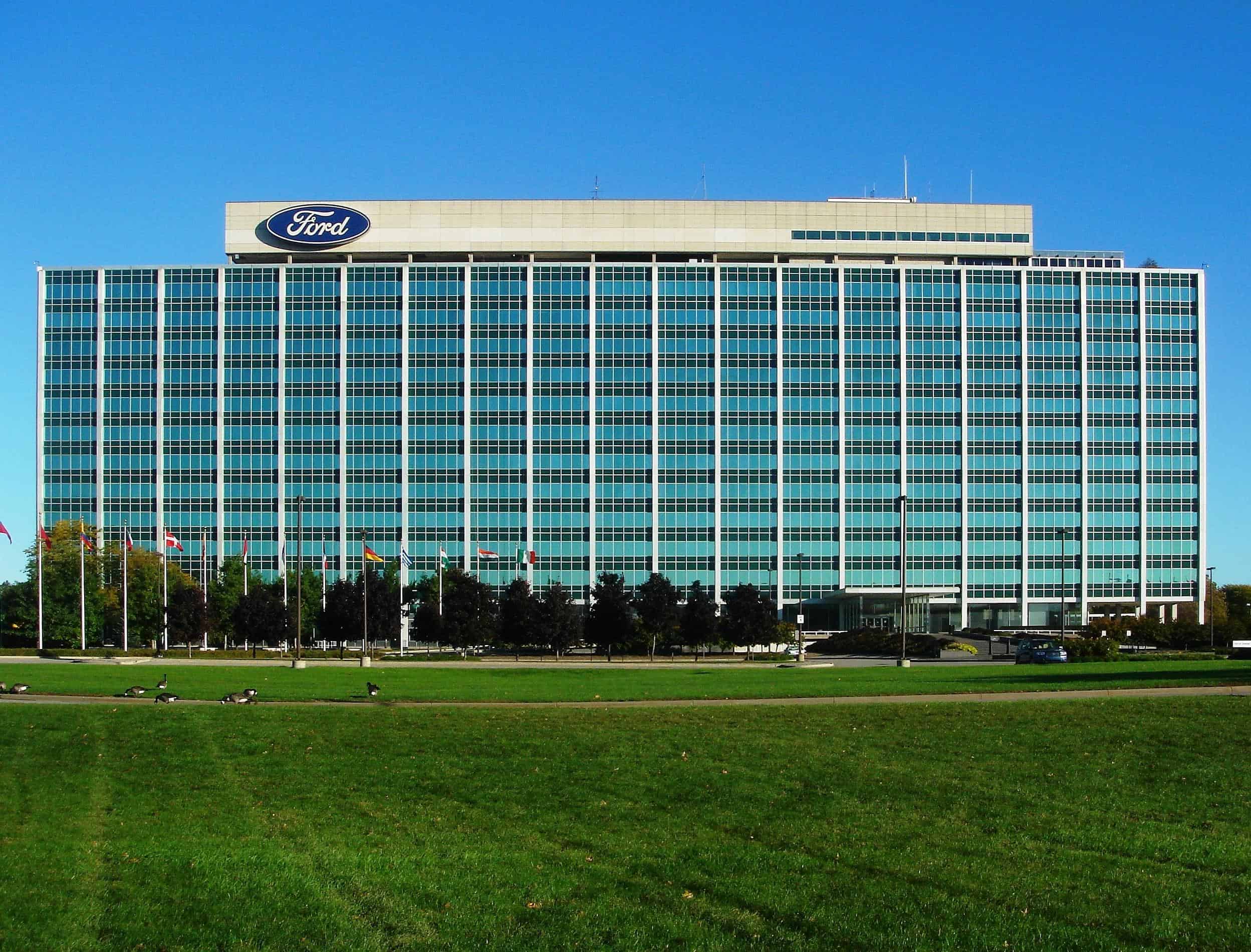DETROIT – Purchasing an electric vehicle requires maintenance on the owner’s part, such as charging the battery for ensured operation. As much as about 80% of charging is done at home, as it proves to be the most affordable and efficient way of charging your EV’s battery.
This charging behavior has opened a pathway of innovation for EVs. GM Energy, a subsidiary of General Motors Company (GM), has launched vehicle-to-home (V2H) bidirectional EV chargers, technology that can redistribute power to owners’ homes, according to an article by Electrek.
In an effort to challenge Tesla, GM Energy has rolled out its V2H bundle to five U.S. states. It is priced at $7,299 — before factoring in installation costs and taxes — and includes a GM Energy PowerShift Charger and V2H Enablement Kit, per the news outlet.
What makes the GM Energy bundle unique is its system design, which eliminates the need for a battery storage installation. The first vehicle set to be compatible with this new system is the 2024 Chevrolet Silverado EV First-Edition RST, which includes the capability to use the previously mentioned V2H bidirectional charging technology.
The Chevrolet Silverado has tremendous potential to benefit EV owners and their homes. Equipped with a 200 kilowatt-hour battery pack and the ability to generate 10.2 kW of power, a home can be completely powered for up to three weeks, per Electrek.
EV technology continues to be redefined and improved upon. Unlike conventional gas-powered vehicles, EVs require less maintenance as they don’t need air filter replacements or oil changes. As explained in a U.S. News & World Report release, maintaining an EV costs $949 less annually than a traditional vehicle.
Despite the initial GM Energy bundle purchase being on the pricey side, the costs can balance out because of the amount owners save in the long term. Lithium-ion battery pack prices fell by 87% from 2010 to 2019, according to the publication Wallbox, and the Biden administration has invested nearly $85 billion into EV growth in 2021-2022, per J.P. Morgan, with the goal of installing 500,000 charging stations, making EVs more affordable for customers.
Despite concerns about the pollution created during the battery manufacturing process to power EVs, it still amounts to a fraction of the harmful pollution released by conventional vehicles over time.
Plus, scientists and companies are continually finding new uses for old batteries, such as in energy storage systems, and improving EV battery recycling processes.
Wade Sheffer, vice president of GM Energy, said in a statement posted by PR Newswire that the launch will help “mitigate the impacts of power outages.”
With increasingly affordable options and tax savings waiting for purchasers, making your next vehicle an EV may be worth the investment.
This story appeared in The Cool Down






